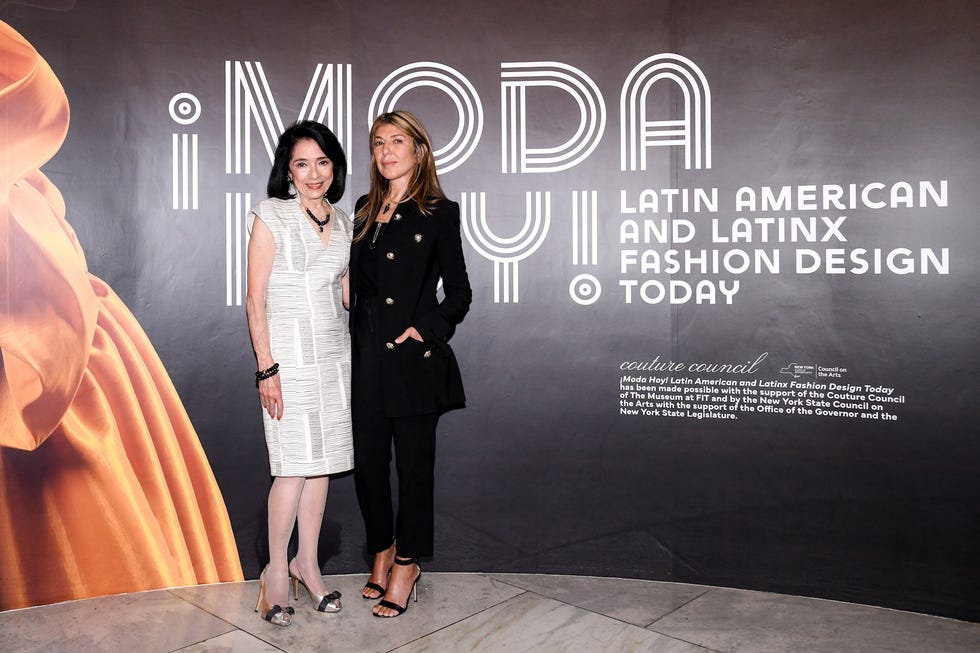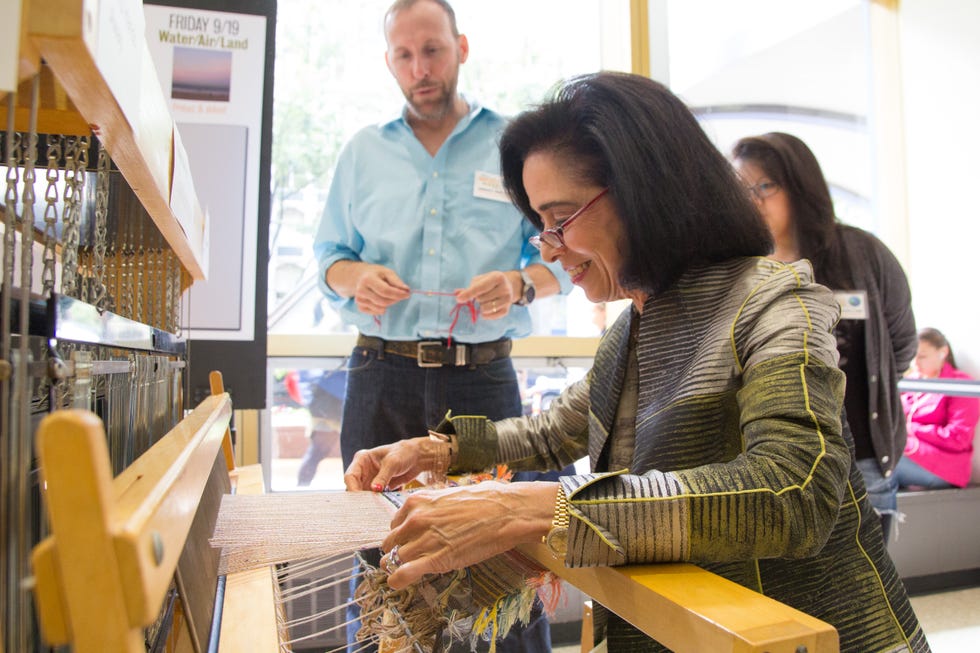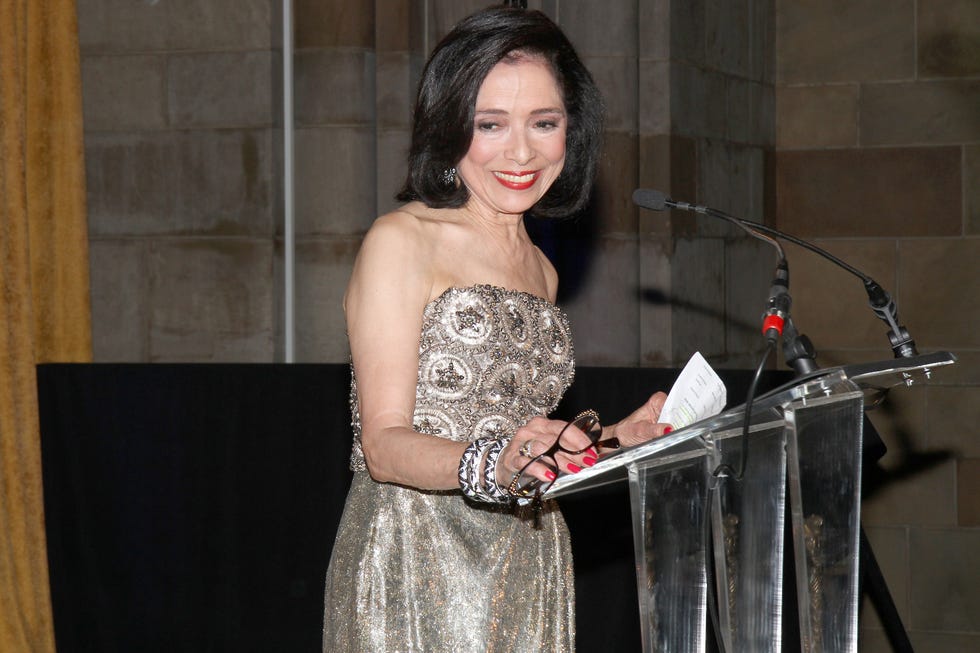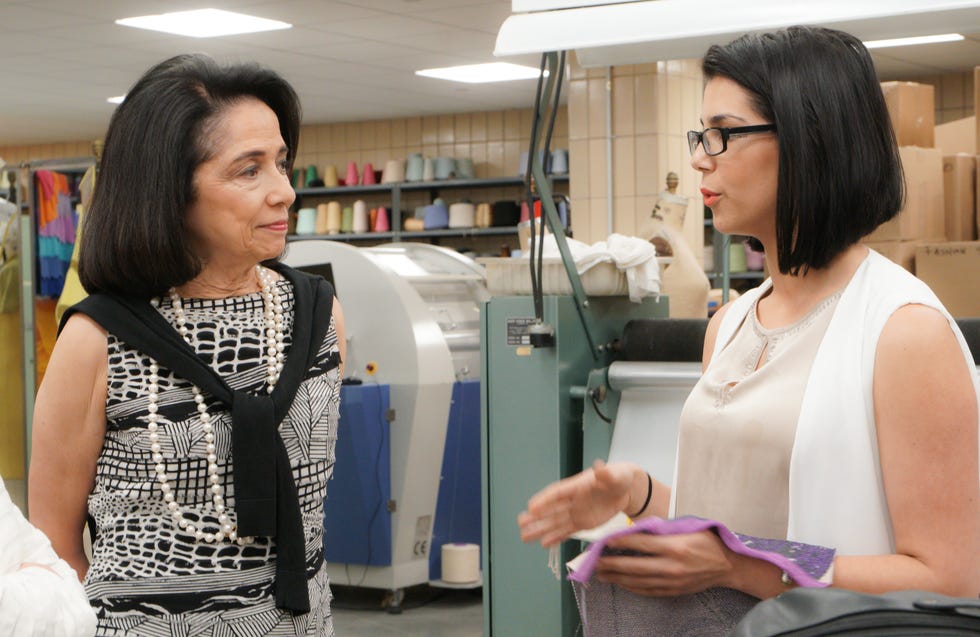Dr. Joyce Brown Reflects on Her Transformative Tenure at FIT


For 27 years, Dr. Joyce F. Brown has been a behind the scenes force in the fashion industry. As the president of the Fashion Institute of Technology, where her tenure comes to an end this spring, she’s led one of the most prestigious arts and design schools through a transformative time. Under her direction, FIT incorporated sustainability into the curricula via a natural dye garden, created a social justice center to build a pipeline to help diverse students succeed in the industry, and constructed a new 10-story academic building—the first to be added to the campus in 40 years, which opens this fall.
Dr. Brown, the first woman and first African American person to lead the school, has prioritized creating a clear and egalitarian path to a career in fashion. Before FIT, she worked as an administrator with the City University of New York system, a professor of clinical psychology at the Graduate School and University Center of the City University of New York, and as New York City deputy mayor for public and community affairs under David Dinkins.
“What was most outstanding to me when I arrived was the opportunity that FIT presented. People don’t realize it’s part of SUNY [the State University of New York system], I think because they think of it as specialized,” Dr. Brown explains. “We have connections to all of the top designers and all of the corporations, because it’s a big part of our mission to fuel those industries and to provide a career pathway for our students, so it kind of gets into rarefied air, in terms of how people think about it. What I saw was a real opportunity to get to young people who might be afraid to think of FIT as a destination for themselves.”

Dr. Brown with ELLE editor-in-chief Nina Garcia.
ELLE spoke to Dr. Brown about how the ways that the fashion industry has shifted in the past three decades, what matters to Gen Z students, and what still needs to be done to advance diversity.
Some schools exist in an ivory tower, but FIT is inherently part of the fashion industry and has access to all these professionals. How do you maintain those relationships with designers?The designers recognize the incredible talent pool that we have here. They bring in interns, and they see how talented and well-educated they are. In our design studies, they really learn the practical, as well as the aesthetic. The designers and the couture houses and the retailers want us to succeed and continue to fill the ranks of their industry. Many of the people that work in these companies also come in and teach as adjuncts. It’s very mutual.
Has FIT’s focus of shifted over the past 27 years?We’re very practical and pragmatic in terms of our students, so that they’re a really value-add the day they walk into their first job. It’s not some ethereal notion of making something that no one will buy. But of course, we have had to [incorporate] technology into the way design and business are [taught] and try to stay one step ahead. The danger with technology is that you often lose that hands-on element and the unique individualized notion of design, as opposed to something a machine could turn out. That’s been a challenge. The students are so fearless with technology, I swear they were all born with an iPad.

Dr. Brown gets experience with a weaving loom on FIT’s campus.
I would also say that one of the most overriding differences [in design today] is the notion of sustainability. It is critical and crucial to this young generation that they have a different way of designing and doing business that will protect the planet. That will have less toxicity, less wasted water, less toxic designs, more biodegradable materials. They are disdainful of excess and understand the importance of quality.
Why was the Social Justice Center launched?We lived through a very difficult time in 2020. The pandemic, and the death of George Floyd on camera, really awakened a number of different ideas, beliefs, and responses in people. For a very long time there had been conversation about the lack of diversity in the design and retail industries, and it seemed like a really opportune moment to try and create a pipeline for young people of color and a pathway into those industries. We needed the industry to really agree that they were going to mentor these young people, so that they could diversify their leadership ranks.

Dr. Brown at the annual FIT gala.
In [terms of] the change in the industry, I can’t say so much about that because it’s slow, it’s difficult, and there’s a lot of bureaucracy. Now, of course, we’re at a very different place in our society about how these things are looked at.
Are there new challenges as diversity programs everywhere are being looked at?It’s hard to articulate what exactly the point of all that is. We have to see what happens. We should just keep moving forward, we should do what we’re doing. The conditions that were to be addressed with such programs will not change unless someone actively reaches in to change them. I think we’ll all just keep doing what we know to be the right things.

Dr. Joyce F. Brown, president of the Fashion Institute of Technology, speaks with a student in the FIT knitting lab.
You know the expression, ‘If you stand for nothing, you fall for anything?’ There just has to be an ethical core of beliefs, and you have to maintain and perhaps fight for them. What I don’t know is what will be. I do know that if you believe in things and you think it makes a difference and you there’s an ethical purpose to them, then you have to stick with them and then deal with the fallout.
What do you think a fashion education offers a student?It offers students context, preparation, and experience. It offers many things that redound to their ability to be successful. Is it the only way? No. There’s many, many young people that are talented, and driven, and want desperately to come to FIT and they come from these families where everybody went to Princeton, or Harvard, or Yale. And they’re expected to go, and so they go, but then they come here after. We have a whole contingent of graduates who got their degrees elsewhere, then came here and pursued their passion.
I think for some creative people, they really cannot sit through four years of the traditional model of education. Having said that, I want you to understand, we have a full liberal arts aspect to the curriculum. People are not coming out of here with certificates in sewing. They get a New York State degree. But they also can find themselves in the studios, and in the laboratories, in addition to studying math. They haven’t postponed their dream of developing their talent, they’re doing it [because] they’re able to be in a place like FIT.
This interview has been edited and condensed.
elle





